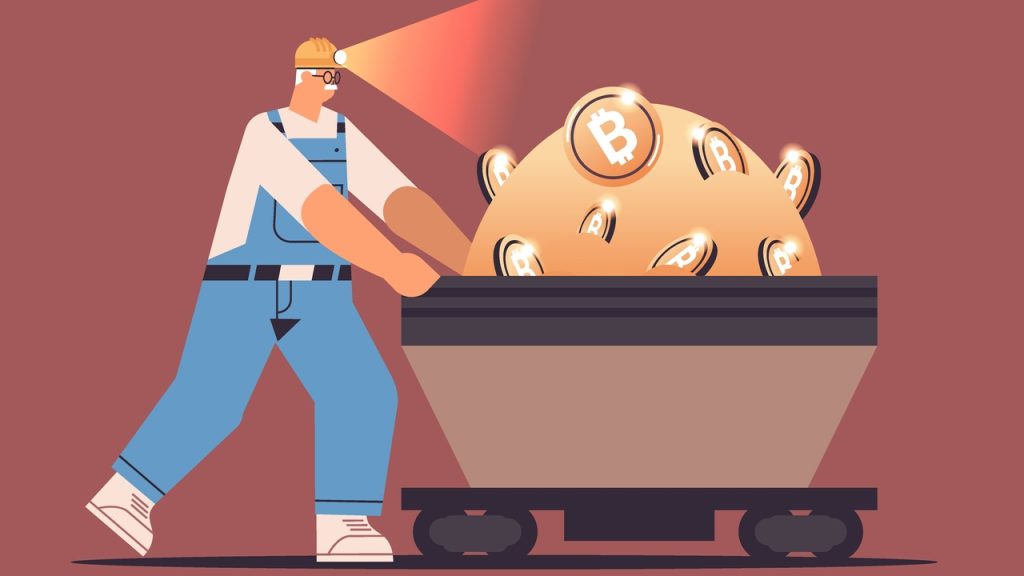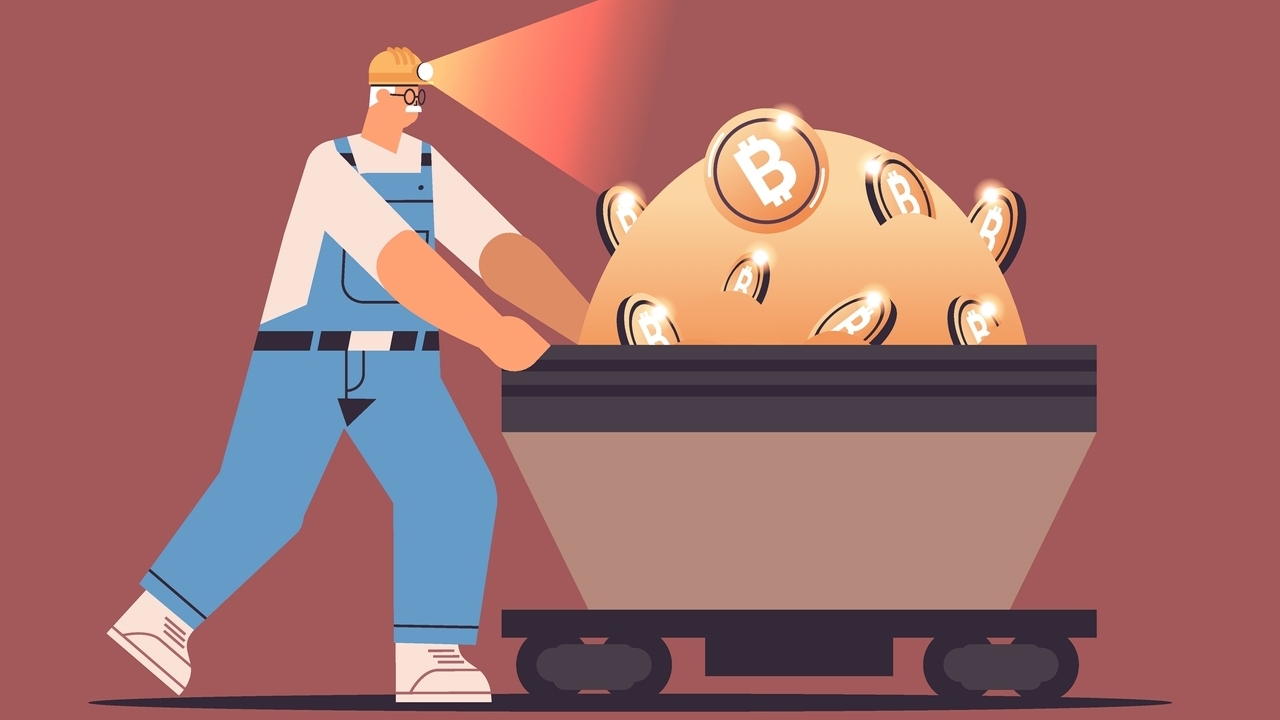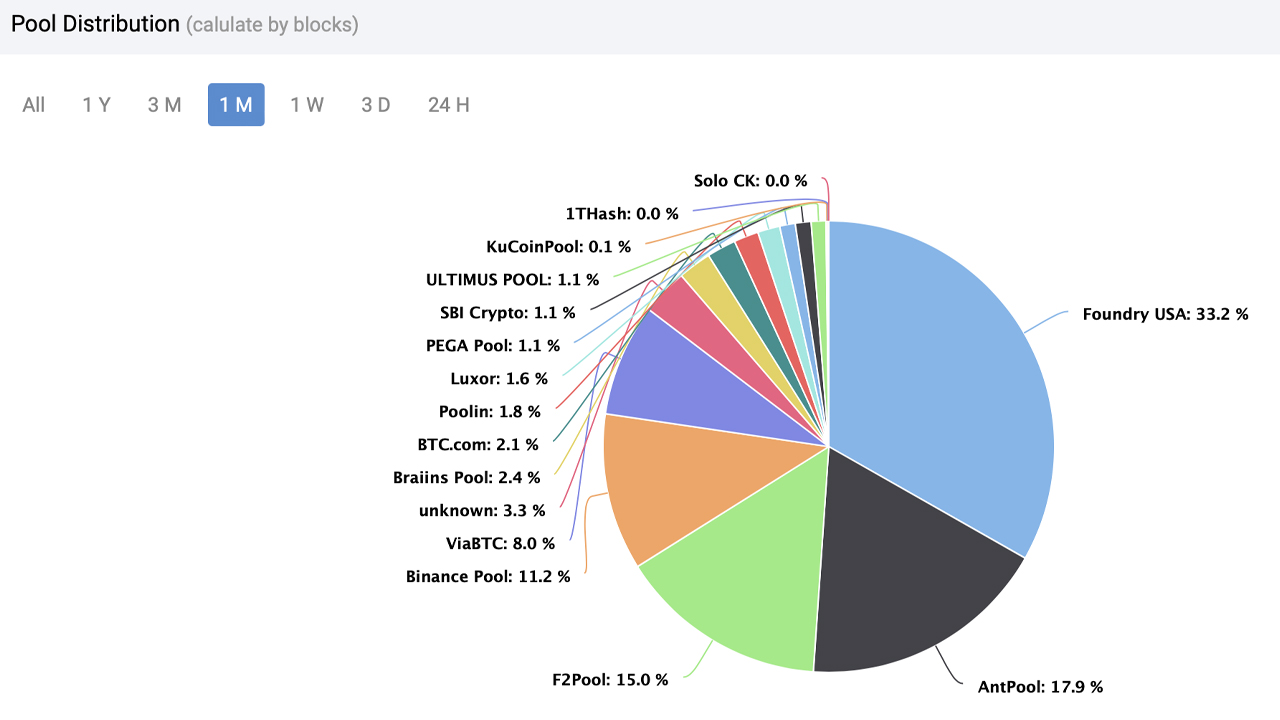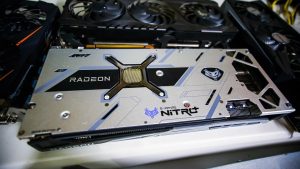Bitcoin Miners Brace for Another Projected Difficulty Increase as Hashrate Heats Up Amid Market Uncertainty – Mining Bitcoin News

[ad_1]

Despite a 9.95% increase last week and the all-time high difficulty, bitcoin’s hashrate has averaged around 305 exahash per second (EH/s) over the past 30 days. According to current data, the hashrate has been around 308 EH/s over the past 2,016 blocks. The next difficulty change, set to occur on March 10, is estimated to increase again, as block times have been faster than the 10-minute average, coming in at 8 minutes and 30 seconds to 9 minutes and 41 seconds per block.
Bitcoin’s Network Difficulty Projected to Rise; Hash Price Remains Above Hash Value
Bitcoin’s computational power has remained high despite a 9.95% difficulty increase on Feb. 24, 2023, at block height 778,176. Statistics show that on Sunday, March 5, the difficulty is estimated to increase by more than 3% during the next difficulty retarget on March 10. While the difficulty is a staggering 43.05 trillion hashes and the cost to mine is higher than the current spot value, the 300 EH/s range or higher has been the norm since the last retarget.
Currently, more than 60,000 blocks are left to mine until the next halving, and over the past 30 days, 4,557 blocks were mined, with Foundry USA discovering 1,514 of them. Foundry commands 34.44% of the global hashrate, or 113.45 EH/s over the past 24 hours. Out of the 151 blocks mined, Foundry discovered 52, and three-day statistics show the pool has acquired 163 blocks.

Thirty-day, three-day, and 24-hour statistics indicate that Antpool is the second-largest mining pool during those periods. Out of the 4,557 blocks mined since Feb. 5, 2023, Antpool discovered 815 blocks, accounting for 17.88% of the global hashrate in a month’s time. Foundry and Antpool were followed by F2Pool (14.99%), Binance Pool (11.24%), and Viabtc (8.03%).
Bitcoin miners have been dealing with lower BTC spot prices as the price has dropped more than 8% over the past two weeks. Miners were earning more fees (the cost to send transactions) from the Ordinal inscription trend as fees jumped to 3.5% of a block reward value on Feb. 16. Bitcoin network fees dropped to 1.5% of a block reward four days later.
Data shows that network fees equate to 2.1% of a block reward at the time of writing. Despite the challenges, many bitcoin mining pools have remained strong and contributed to an increase in the global hashrate. However, the higher cost of production compared to the current spot market price and the continual increase in difficulty may dissuade some mining operations from participating.
What do you think the future holds for bitcoin miners, given the expected increase in difficulty and the current market uncertainty? Share your thoughts about this subject in the comments section below.
Image Credits: Shutterstock, Pixabay, Wiki Commons
Disclaimer: This article is for informational purposes only. It is not a direct offer or solicitation of an offer to buy or sell, or a recommendation or endorsement of any products, services, or companies. Bitcoin.com does not provide investment, tax, legal, or accounting advice. Neither the company nor the author is responsible, directly or indirectly, for any damage or loss caused or alleged to be caused by or in connection with the use of or reliance on any content, goods or services mentioned in this article.
[ad_2]
Source link









